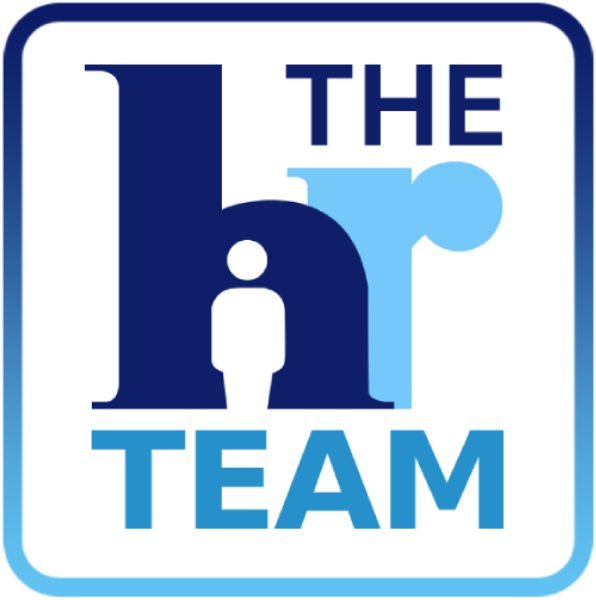How Long Should You Retain HR Data?
In the UK, the retention of HR data is governed by several legal requirements and best practices.
Statutory Retention Periods
Certain records must be kept for specific periods due to legal requirements. For example:
- Payroll Data, P60s, and P45s: Must be retained for at least six years.
- Proof of Right to Work: Should be kept for the duration of employment and for at least two years after the employee leaves.
- Employment Contracts: Should be retained for at least two years after the employment ends.
General Data Protection Regulation (GDPR)
Under GDPR, companies must ensure that personal data is not kept longer than necessary. Therefore this means that HR records should be reviewed regularly and deleted when no longer needed for the purpose they were collected for.
Best Practices
While statutory requirements set minimum retention periods, it’s often advisable to keep records for longer periods to protect against potential legal claims. For instance:
- Disciplinary Records: Should be kept for at least six years to defend against any future claims.
- Health and Safety Records: Should be retained for at least 40 years due to the long latency period of some occupational diseases.
Data Minimisation
To comply with GDPR, companies should practice data minimisation, which means only collecting and retaining the minimum amount of data necessary for legitimate business purposes.
Secure Disposal
When HR records are no longer needed, they should be securely disposed of to protect sensitive information. This can include shredding physical documents and securely deleting electronic records. By following these guidelines, UK companies can ensure they are compliant with legal requirements while also protecting the privacy and rights of their employees.
For practical advice and support with HR Data Retention, contact The HR Team.
Equal Pay Benchmarking for SMEs
Equal pay benchmarking is a crucial practice for ensuring fairness and transparency in the workplace. It can be particularly beneficial for SMEs in promoting equality and attracting top talent.
Understanding Equal Pay
Equal pay refers to the principle that men and women should receive equal pay for equal work. This means that employees doing the same job or work of equal value should compensated equally, regardless of gender or other characteristics.
Legal Requirements
In the UK, the Equality Act 2010 requires employers to provide equal pay for equal work. This includes not only direct pay but also benefits, bonuses, and other forms of compensation.
Benefits of Benchmarking
Equal pay benchmarking helps SMEs identify and address any pay disparities within their organisation. By comparing their pay practices with industry standards and competitors, SMEs can ensure they are offering competitive and fair compensation.
Steps to Conduct Benchmarking
1. Collect Data: Gather detailed information on employee roles, responsibilities, and compensation.
2. Analyse Pay Structures: Compare pay rates for similar roles within the organisation and against industry benchmarks.
3. Identify Disparities: Look for any significant differences in pay that cannot be justified by factors such as experience, performance, or qualifications.
4. Develop an Action Plan: Create a plan to address any identified pay disparities, including adjusting pay scales and reviewing hiring and promotion practices.
Tools and Resources
There are several tools and resources available to help SMEs with equal pay benchmarking:
- Think Business, Think Equality: A free online self-assessment tool designed for smaller employers to assess their employment practices and receive tailored advice.
- Gender Pay Gap Reporting: While mandatory for larger organisations, SMEs can voluntarily report their gender pay gap data to promote transparency and accountability.
Best Practices
- Regular Reviews: Conduct regular pay audits to ensure ongoing compliance with equal pay principles.
- Transparency: Be transparent with employees about pay structures and the criteria used for determining compensation.
- Training: Provide training for managers on equal pay practices and unconscious bias.
By implementing equal pay benchmarking, SMEs can create a more equitable workplace, improve employee satisfaction, and enhance their reputation as fair and responsible employers.
If you would like expert advice and support with equal pay benchmarking in your company, contact The HR Team.

Mental Health First Aid Training
Mental health first aid training is becoming increasingly important for companies of all sizes as they strive to create supportive and healthy work environments.
What is Mental Health First Aid?
Mental Health First Aid (MHFA) is a training program that teaches individuals how to identify, understand, and respond to signs of mental health issues and crises. It equips employees with the skills to offer initial help and guide colleagues towards professional support.
Benefits of MHFA Training
1. Early Intervention: MHFA training helps in recognising early signs of mental health issues, allowing for timely intervention and support.
2. Reduced Stigma: By promoting awareness and understanding, MHFA training helps reduce the stigma associated with mental health issues.
3. Improved Wellbeing: Employees who feel supported are more likely to experience better mental health and overall well-being.
4. Enhanced Productivity: A mentally healthy workforce is more productive, engaged, and less likely to take sick leave due to mental health issues.
Implementing MHFA Training
1. Identify Trainers: Choose certified MHFA trainers or organisations like MHFA England, St John Ambulance, or Red Umbrella to conduct the training.
2. Train Key Staff: Select a diverse group of employees to become mental health first aiders. This can include managers, HR professionals, and other staff members.
3. Regular Refresher Courses: Ensure that mental health first aiders receive regular refresher courses to keep their skills up to date.
4. Create a Supportive Culture: Encourage open conversations about mental health and provide resources such as employee assistance programs (EAPs) and counseling services.
Best Practices
• Promote Awareness: Regularly communicate the importance of mental health and the availability of MHFA training to all employees.
• Provide Resources: Offer additional mental health resources and support, such as online counselling and stress management workshops.
• Monitor Impact: Evaluate the effectiveness of MHFA training by monitoring changes in employee well-being and productivity.
By implementing mental health first aid training, companies of all sizes can create a more supportive and resilient workforce, ultimately leading to a healthier and more productive workplace. For further advice on this or any HR matter, contact The HR Team.







